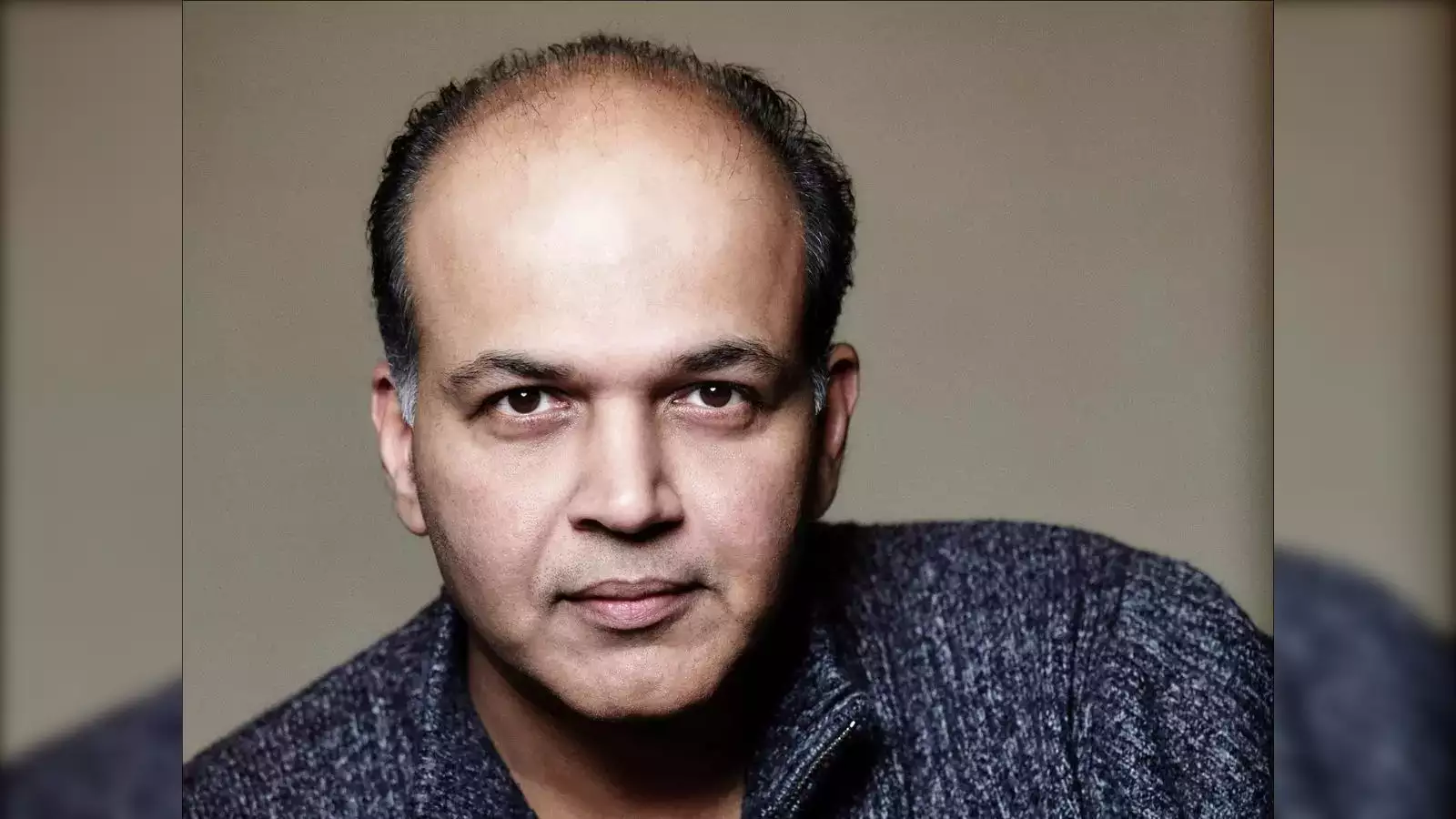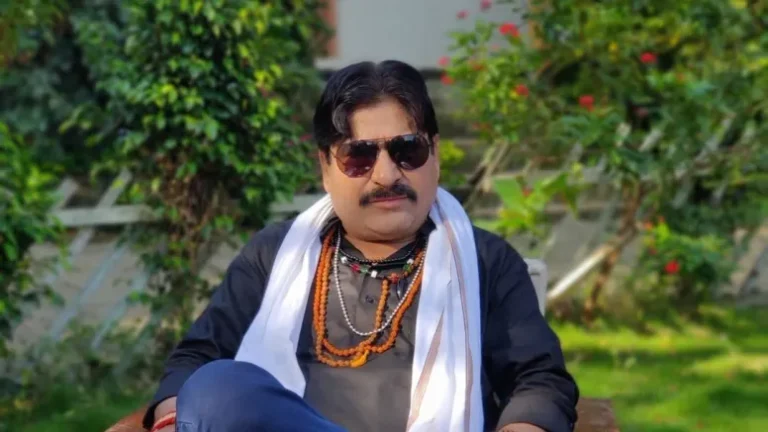Ashutosh Gowariker: The Visionary of Indian Cinema
Ashutosh Gowariker is an acclaimed Indian filmmaker, screenwriter, and former actor, celebrated for his ability to create grand historical dramas that resonate with audiences. Known for directing films like Lagaan, Swades, and Jodhaa Akbar, Gowariker has established himself as a visionary filmmaker with a passion for storytelling. This article explores Ashutosh Gowariker’s journey from acting to directing, his iconic films, and his influence on Indian cinema.
Early Life and Background
Childhood and Family Roots
Ashutosh Gowariker was born on February 15, 1964, in Mumbai, Maharashtra. Raised in a family that appreciated arts and culture, Gowariker was exposed to films and storytelling from a young age. His love for cinema developed early, and he was drawn to the world of acting and filmmaking, often inspired by the films he watched with his family.
Education and Initial Steps into Acting
Gowariker completed his education in Mumbai and pursued a degree in chemistry before deciding to follow his passion for acting. He began attending acting workshops and participated in local theater productions, where he developed his skills and gained confidence as a performer. Gowariker’s initial experiences in theater paved the way for his entry into the Indian entertainment industry.
Ashutosh Gowariker Entry into Acting and Breakthrough Roles
Early Acting Roles in Television and Film

Ashutosh Gowariker started his acting career in the late 1980s with roles in television and film. His early television work included shows like Kachchi Dhoop and C Circus, where he showcased his acting abilities and earned recognition for his performances. These roles allowed him to establish a presence in the industry and gain valuable experience in front of the camera.
Memorable Film Roles in Holi and Kabhi Haan Kabhi Naa
Gowariker’s early film appearances included roles in Holi (1984), directed by Ketan Mehta, and Kabhi Haan Kabhi Naa (1994), where he played supporting characters that resonated with audiences. His performance in Holi gave him an opportunity to work alongside Aamir Khan, who would later star in Gowariker’s iconic film Lagaan. These early roles laid the foundation for Gowariker’s transition from acting to directing, as he gained insights into the filmmaking process.
Transition to Filmmaking and Directorial Debut
The Decision to Pursue Direction
Although Gowariker began his career as an actor, he was always drawn to the creative and technical aspects of filmmaking. His desire to tell stories on a larger scale led him to pursue a career in directing. After gaining experience as an actor, Gowariker decided to step behind the camera and explore his passion for storytelling from a new perspective.
Directorial Debut with Pehla Nasha
Ashutosh Gowariker made his directorial debut in 1993 with the film Pehla Nasha, a thriller inspired by the Hollywood classic Body Double. Although the film did not achieve commercial success, it marked Gowariker’s entry into the world of direction and showcased his potential as a filmmaker. Pehla Nasha allowed him to experiment with storytelling techniques and set the stage for his future projects.
Ashutosh Gowariker Rise to Fame with Lagaan and International Recognition
The Making of Lagaan and Its Impact

Gowariker’s breakthrough as a director came with the 2001 film Lagaan, a period drama set during the British colonial era. The film follows a group of villagers who challenge British officers to a game of cricket in order to avoid paying taxes. Lagaan was a critical and commercial success, earning widespread acclaim for its storytelling, performances, and cinematography. The film was nominated for an Academy Award for Best Foreign Language Film, bringing Indian cinema to an international audience and establishing Gowariker as a visionary filmmaker.
Critical Acclaim and Cultural Impact of Lagaan
Lagaan became a cultural phenomenon, inspiring viewers with its themes of resilience, unity, and the fight for justice. The film’s success marked a turning point for Indian cinema, as it showcased the potential for Indian films to gain international recognition. Gowariker’s meticulous attention to detail and commitment to authenticity made Lagaan a memorable cinematic experience, and the film’s legacy continues to influence filmmakers and audiences alike.
Ashutosh Gowariker Iconic Films and Storytelling Style
Exploring Social Themes in Swades
Following the success of Lagaan, Gowariker directed Swades (2004), a film that explores the theme of returning to one’s roots and contributing to one’s homeland. Starring Shah Rukh Khan as a NASA scientist who returns to India, Swades is a poignant narrative about identity, responsibility, and the power of change. Although it received a mixed response at the box office, the film was praised for its thoughtful storytelling and socially relevant message. Swades has since gained a cult following and is considered one of Gowariker’s most meaningful works.
Bringing History to Life with Jodhaa Akbar
In 2008, Gowariker released Jodhaa Akbar, a historical romance about the Mughal emperor Akbar and his marriage to Rajput princess Jodhaa Bai. Starring Hrithik Roshan and Aishwarya Rai, the film was lauded for its grand visuals, intricate costumes, and epic storytelling. Gowariker’s meticulous approach to historical accuracy and his ability to create visually stunning narratives made Jodhaa Akbar a significant achievement in Indian cinema. The film won several awards and further solidified Gowariker’s reputation as a master of historical dramas.
Challenges and Evolution as a Filmmaker
Venturing into New Genres with What’s Your Raashee? and Khelein Hum Jee Jaan Sey
After the success of Jodhaa Akbar, Gowariker explored new genres with films like What’s Your Raashee? (2009) and Khelein Hum Jee Jaan Sey (2010). What’s Your Raashee?, a romantic comedy, was a departure from his usual style, while Khelein Hum Jee Jaan Sey, a historical drama based on the Chittagong uprising, marked a return to serious storytelling. Although these films received mixed reviews, they showcased Gowariker’s willingness to experiment and tackle diverse subjects.
Facing Setbacks with Mohenjo Daro and Lessons Learned

In 2016, Gowariker released Mohenjo Daro, a historical epic set in the ancient Indus Valley civilization. Despite high expectations and a grand scale, the film faced criticism for its historical inaccuracies and narrative flaws. Mohenjo Daro was a commercial disappointment, but Gowariker’s commitment to ambitious storytelling remained evident. The experience offered valuable lessons, as Gowariker continued to refine his craft and adapt to the evolving demands of the industry.
Ashutosh Gowariker Contribution to Indian Cinema and Cultural Impact
Revitalizing the Historical Drama Genre
Ashutosh Gowariker’s work in historical dramas has revitalized the genre in Indian cinema, as he brings a unique blend of authenticity, grandeur, and emotional depth to his films. By exploring historical narratives with attention to detail and cultural accuracy, Gowariker has made a significant impact on the way Indian history is portrayed on screen. His films have inspired a new generation of filmmakers to delve into India’s rich past and tell stories that resonate with modern audiences.
Influence on Filmmakers and Aspiring Storytellers
Gowariker’s success has inspired aspiring filmmakers to pursue their passion for storytelling and explore diverse genres. His commitment to excellence and his ability to create visually stunning narratives have set a high standard in Indian cinema. Gowariker’s influence extends beyond his films, as he continues to mentor and collaborate with emerging talents in the industry. His legacy as a filmmaker is marked by his dedication to storytelling and his contributions to the global recognition of Indian cinema.
Personal Life and Off-Screen Persona
Family Life and Personal Interests
Ashutosh Gowariker is married to Sunita Gowariker, and the couple has two children. Despite his busy career, Gowariker values his family life and often speaks about the importance of maintaining a work-life balance. He is known for his down-to-earth personality and his commitment to his loved ones, which has endeared him to fans and colleagues alike. Gowariker enjoys reading and exploring new subjects, which often inspire his storytelling.
Engaging with Fans and Media Presence
Gowariker maintains an active presence on social media, where he shares updates about his work and interacts with fans. His approachable and humble nature has helped him build a strong connection with his audience, who appreciate his willingness to engage with them. Gowariker’s interactions with fans reflect his gratitude for their support, and his positive presence in the media has contributed to his popularity and influence.
Ashutosh Gowariker : Future Projects and Aspirations
Exploring New Storytelling Formats and Digital Platforms
As the entertainment industry evolves, Gowariker has expressed interest in exploring new storytelling formats, including digital platforms and web series. His willingness to adapt to changing trends highlights his commitment to staying relevant and reaching new audiences. Gowariker’s future projects are expected to continue his tradition of impactful storytelling, with a focus on meaningful narratives that resonate with viewers.
Vision for the Future of Indian Cinema
Ashutosh Gowariker is optimistic about the future of Indian cinema and believes in the importance of authentic storytelling. He envisions a future where Indian cinema continues to gain international recognition for its rich narratives and diverse cultural heritage. Gowariker hopes to contribute to this evolution by mentoring young filmmakers and advocating for content that celebrates India’s unique stories. His dedication to the craft and his vision for the future reflect his passion for both preserving and innovating within Indian cinema.
Conclusion
Ashutosh Gowariker’s journey from a television actor to one of India’s most revered filmmakers is a testament to his passion, perseverance, and storytelling prowess. His films, such as Lagaan, Swades, and Jodhaa Akbar, have not only entertained audiences but also inspired them by bringing Indian history and cultural themes to the forefront of global cinema. Gowariker’s contributions have revitalized the historical drama genre in India, and his commitment to authenticity and grandeur has set a new benchmark for Indian filmmakers.
Gowariker’s legacy in Indian cinema is one of resilience and creativity. His ability to craft compelling narratives that resonate with diverse audiences has earned him acclaim and respect from both fans and peers. As he continues to explore new projects and formats, Ashutosh Gowariker remains a powerful influence in the industry, encouraging future filmmakers to pursue their own unique visions. His journey serves as an inspiration, demonstrating that with dedication and a deep love for storytelling, one can create art that transcends time and leaves an enduring impact.
Through his work, Ashutosh Gowariker has shown that cinema is more than just entertainment—it is a medium through which cultures, histories, and human experiences can be shared with the world. As he continues to shape Indian cinema, his legacy will undoubtedly inspire generations of filmmakers and storytellers to come, solidifying his place as a visionary artist who has helped shape the landscape of Indian cinema for the better.



